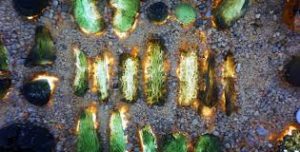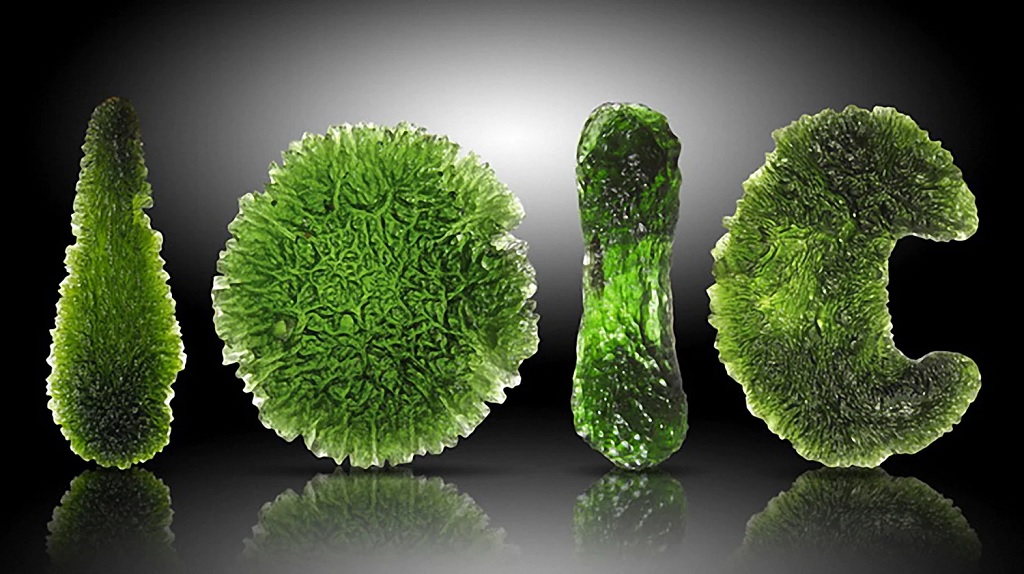Moldavite meteorite is an intriguing gemstone that has won over collectors and gem lovers worldwide. When a meteorite collided with the Earth’s surface more than 15 million years ago, a unique admixture of extraterrestrial and terrestrial particles formed this priceless mineral. However, many people are curious about how many colors moldavite possesses, given its eye-catching green color and distinctive texture.

A rich, deep green that shimmers in the light first gives Moldavite the appearance of having a single, recognizable color. Yet, upon closer examination, this lovely diamond possesses various hues. Moldavite can appear in multiple shades, from light olive green to dark forest green, depending on the direction of the light and the same minerals present in each piece.
Its distinctive texture is one of the elements contributing to the variance in the hue of Moldavite. Moldavite is a type of tektite, meaning that a meteor impact caused it to be created under extreme heat and pressure. This procedure leaves the stone’s surface with a characteristic pattern of ridges and grooves that can refract light in various directions, giving it the appearance of having multiple colors depending on the angle at which moldavite is viewed.
In addition to the slight variances in color found by laboratory testing, variations in color are evident to the unaided eye. For example, specific varieties of Moldavite have somewhat varied shades of green because they have higher concentrations of some minerals than others.
In the end, it is challenging to determine how many hues are present in Moldavite because it is a natural stone that can vary greatly depending on various conditions. Yet, Moldavite is a genuinely unusual gemstone coveted by collectors and gem fans worldwide because of its beauty and distinctive nature. Moldavite is a genuine earth gem created by the unfathomable forces of time and space, whether it looks like a deep forest green or a light olive hue.







